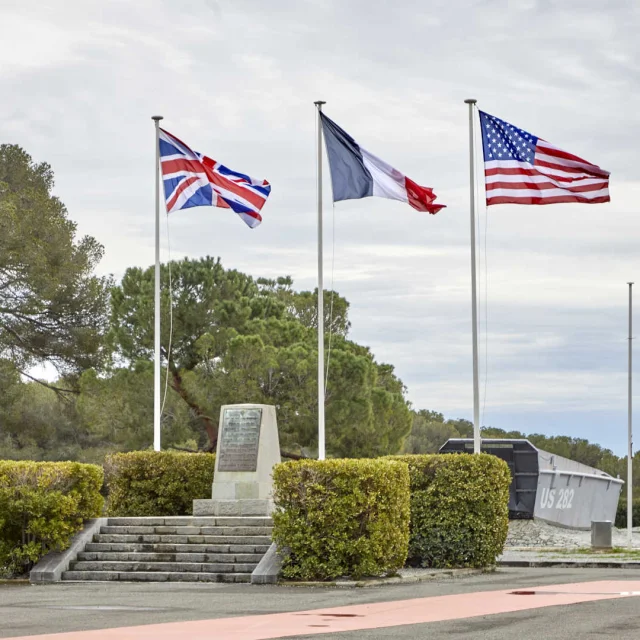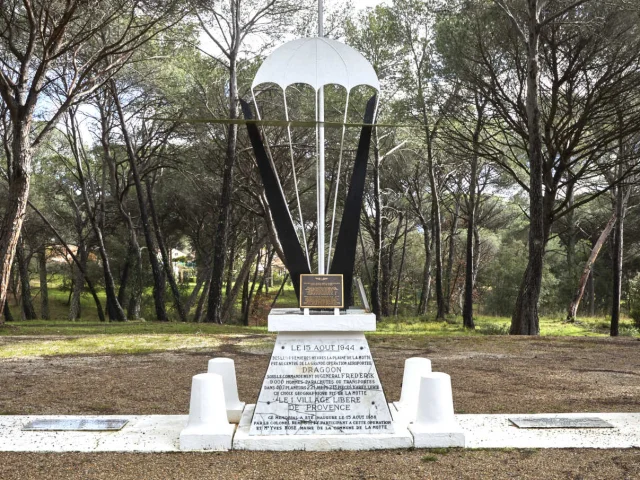The Provence Landing
The reasons for Operation Dragoon
August 1944. A little more than two months after the Normandy Landing (Operation Overlord) on the night of 5th-6th June, on the night of 14th-15th August and with support from the Resistance the Allies launched the Provence Landing. It took place between the beaches of Le Lavandou and Saint-Raphaël. Its code name was Operation Dragoon. Its objectives were to open a second front in France to take the German troops in a pincer movement, take control of the deep water ports (Toulon and Marseille), and then move to join up with troops which had landed in Normandy. The speed of the operation and the larger numbers of the Allies (500,000 men, 2000 ships) took the German army by surprise. Provence was liberated in less than two weeks, well before the initially planned two months. The day before the operation, the allied fleet ships, spread out into 10 convoys, left ports distant from each other, for strategic reasons (Oran, Naples or Tarente) and first set sail for Genoa to mislead the enemy. On the evening of the 14th, they headed for the Var coast.
 Drapeaux Allies Monument Plage Dramont Saint Raphael Regionprovencealpescotedazur Inventairegeneral Fpauvarel
Drapeaux Allies Monument Plage Dramont Saint Raphael Regionprovencealpescotedazur Inventairegeneral Fpauvarel







